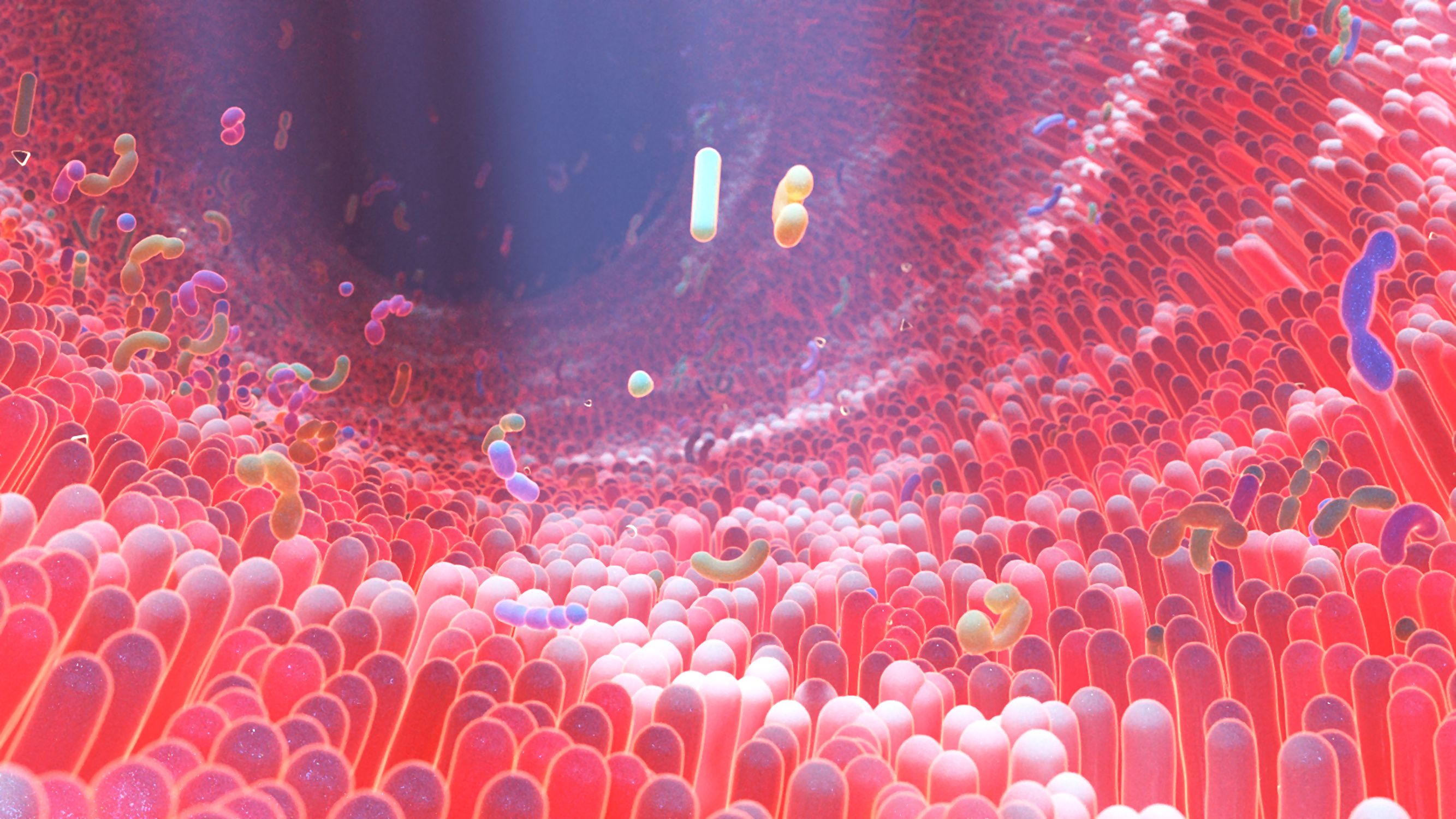- Center on Health Equity and Access
- Clinical
- Health Care Cost
- Health Care Delivery
- Insurance
- Policy
- Technology
- Value-Based Care
Causal Relationship Unveiled Between Gut Microbiota and Sleep Characteristics
A bidirectional Mendelian randomization (MR) study found a casual relationship between sleep-related phenotypes (SRPs) and gut microbiota.
Sleep-related phenotypes (SRPs) have been associated with individual gut microbiomes, laying the foundation for novel insights into insomnia disorders, according to a recent study published in Frontiers in Microbiology.
Sleep disturbances such as shortened sleep duration, disruptive snoring, easy arousal, early awakening, challenges falling asleep as well as combatting daytime drowsiness have taken a growing toll on public health in a post-COVID world. A lack of quality sleep has been linked to a variety of health issues including increased risk for diabetes and cardiovascular problems, challenges with weight, weakened immune system, higher blood pressure, and more.
At present, insomnia disorders are approached with certain medications or sleep cognitive-behavioral therapy—both of which have drawbacks that may not resolve the underlying issues, such as psychological dependence and risk of discontinuation, among others. These insufficient solutions and the burdens insomnia places on individual health highlight the importance of expanding clinical knowledge on the pathophysiology, identifying risk factors, and creating better prevention and therapeutic methods to combat sleep disorders.
Bacteria in Human Intestine Model | image credit: Alpha Tauri 3D - stock.adobe.com

The gut microbiota (GM) has indicated in insomnia, largely through its relationship with brain function via the brain-gut microbiota axis (BGMA). While insomnia is a complicated condition that can be influenced by circadian rhythm, mental health, one’s sleep environment, diet habits, and more, the authors of the present study note that Lachnospira, Bacteroides, Faecalibacterium and Blautia have been identified as bacteria that distinguish degrees of insomnia in patients from otherwise healthy controls.
Yet, studies in this area have not produced strong enough evidence to correlate the GM with sleep characteristics because something like insomnia is easily influenced by a myriad of confounding factors. To mitigate this impact, researchers conducted a bidirectional Mendelian randomization (MR) to explore this relationship because this form of analysis is less affected by individual lifestyles or environmental factors and has been utilized in other studies concerned with the GM.
Data were gathered from the MiBioGen alliance, which houses information on 18,340 individuals. In their taxonomic classification, researchers identified 131 genera and 196 bacterial taxa to be analyzed. SRP traits of interest included chronotype (morning or evening preference), insomnia, sleep duration, daytime napping, morning wakefulness, and snoring.
A range of 6 to 12 casual associations were observed between risk of developing daytime drowsiness, early awakening, insomnia, one’s chronotype, daytime napping, sleep duration, and snoring with genera of the GM or changes in GM.
A Bonferroni-corrected test was also conducted and demonstrated that an increased proportion of class Negativicutes and order Selenomonadales were significantly linked to severe insomnia (OR, 1.03; 95% CI, 1.02-1.05; P = .0001). Additionally, results showed that increased levels of phylum Lentisphaerae was significantly linked to a longer duration of sleep (OR, 1.02; 95% CI, 1.01-1.04; P = .0005) and genus Senegalimassilia exposure significantly improved snoring symptoms (OR, 0.98; 95% CI, 0.96-0.99; P = .0001).
As the authors reflect on their findings, they emphasized the value of these results for the future of patient care. While more research is necessary to tease out the most effective intervention strategies to approach patient variability, their study can serve as a reference for how modulating the GM can potentially mitigate the risks, development, and severity of insomnia. These approaches, which could include probiotic supplementation, alterations to diet, or other analogous modalities, provide a significant steppingstone for the clinical management of insomnia and, in turn, the consequential health impacts.
Reference
Wang X, Wang C, Liu K, Wan Q, Wu W, Liu C. Association between sleep-related phenotypes and gut microbiota: a two-sample bidirectional Mendelian randomization study. Front Microbiol. 2024;15:1341643. doi: 10.3389/fmicb.2024.1341643
Dr Kathy Zackowski Discusses the Importance of Rehabilitation Research and Trials in MS
April 26th 2024Kathy Zackowski, PhD, National MS Society, expresses the inherent value of quality rehabilitation trials for broadening clinical understandings of multiple sclerosis (MS) and bettering patient outcomes.
Read More
Examining Low-Value Cancer Care Trends Amidst the COVID-19 Pandemic
April 25th 2024On this episode of Managed Care Cast, we're talking with the authors of a study published in the April 2024 issue of The American Journal of Managed Care® about their findings on the rates of low-value cancer care services throughout the COVID-19 pandemic.
Listen
Navigating Health Literacy, Social Determinants, and Discrimination in National Health Plans
February 13th 2024On this episode of Managed Care Cast, we're talking with the authors of a study published in the February 2024 issue of The American Journal of Managed Care® about their findings on how health plans can screen for health literacy, social determinants of health, and perceived health care discrimination.
Listen
